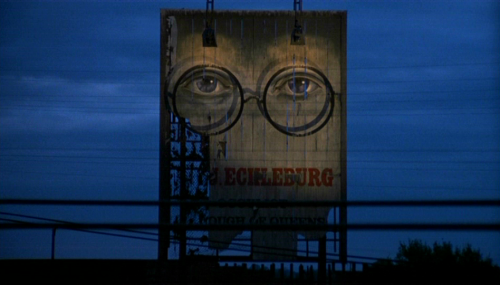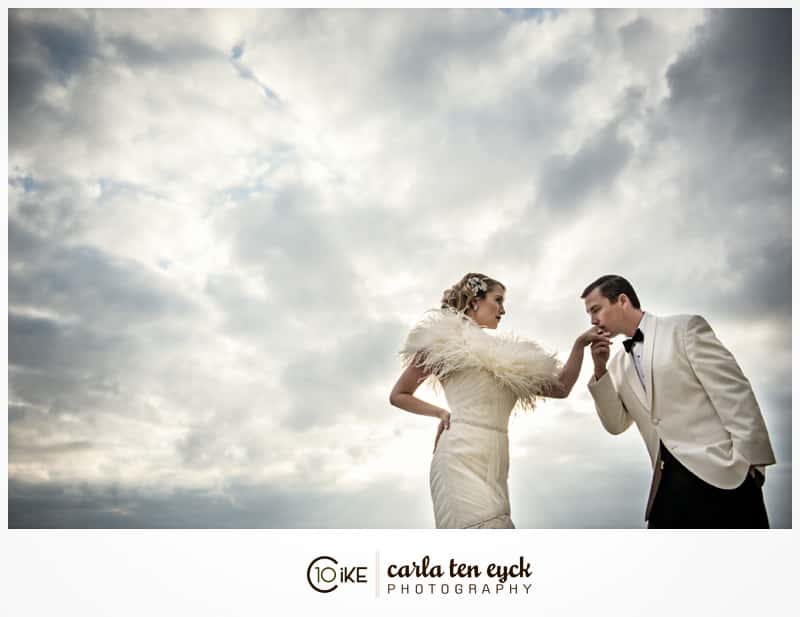Link to Lesson 10 Words ( in case you missed them): http://quizlet.com/1385914/lesson-10-book-3-flash-cards/
Today we discussed the passage from chapter 1 that you looked at on Wednesday, looking at how you move from close analysis to big idea.
We started to talk about the Valley of the Ashes and T.J. Eckleburg as well.
Continue reading chapter 4 this weekend. We will study passages from 3 and 4 on Monday.
Welcome, VHS class of 2015! This will be "Grand Central" for my class. Here is where you can find daily assignments, class syllabi/rules, and even turn in assignments to me on google drive.
Friday, February 28, 2014
Tuesday, February 25, 2014
Tuesday: "The High-Bouncing Lover"
Beginning The Great Gatsby
Here is a link to an online version of the novel: http://ebooks.adelaide.edu.au/f/fitzgerald/f_scott/gatsby/
Today we began the novel, looking closely at how Fitzgerald chose to begin the novel. We read the first 4 paragraphs closely, looking for information about our narrator.
REMINDERS:
Finish and submit your RA tonight on my dropbox. (don't forget to share it with me first: jenlamonte@gmail.com)
Read chapter 1 if you can. Tomorrow I will give you time to take vocab notes on Lesson 10 and expect you to answer questions about chapter 1. Make sure you have read chapter 2 by Thursday, and chapter 3 by Friday.
Friday, February 21, 2014
MONDAY: Rhetorical Analysis workshop
Sample AP papers 2009 Rhetorical Analysis for this piece: Lippman piece
The goal today is for you to REVISE one of your model paragraphs, using a "move" from a student sample.
MOVES you noticed: (generated by 2nd and 6th period)
The goal today is for you to REVISE one of your model paragraphs, using a "move" from a student sample.
MOVES you noticed: (generated by 2nd and 6th period)
- The 8 writer uses PRECISE LANGUAGE.
- Thesis shows control and deep understanding of the argument.
- SHOW what you mean--tell sparingly.
- Keep organization open to textual demands---you can vary between strategy and chronology as your focal point in your paragraphs.
- Take on the big picture in your conclusion. Consider addressing the rhetorical appeals and organization.
Tips about RHETORICAL ANALYSIS from FRIDAY
Learning Target: To develop a rhetorical analysis that links strategies to effect and writer's purpose.
Some things we discussed today:
- Be specific/precise in your intro/thesis--no EMPTY BROAD GENERALIZATIONS!
- Instead of an empty generalization, introduce your topic/subject with concrete language
- Remember the FUNNEL shape--moving from outside the book to your specific argument about the devices in your chosen chapter
- In the body of your paper: wed the strategies to the effect and purpose/theme. State it explicitly in your thesis and keep working towards it in your body paragraphs!
- After each textual detail, ask "so what?" multiple times to be sure you are deepening your discussion those details.
- Narrow your focus: Don't take on ALL of his diction, just the words that build a particular effect. Don't try to describe EVERY sentence, just characterize the ones you see connected to a particular purpose.
Here is a link to the student sample intro and some successful body paragraphs from the Momaday/Brown practice: RHETORICAL A. SAMPLE SENTENCES/PARAGRAPHS
Thursday, February 13, 2014
Rhetorical Analysis workshop
Here is the Pre-writing list of questions to prepare you to write your final essay: Rhetorical Analysis Assignment
Here is a useful how to for RA: http://www.wikihow.com/Write-a-Rhetorical-Analysis
Here's another one: https://owl.english.purdue.edu/owl/resource/725/03/
An example of rhetorical analysis of a U2 song! http://grammar.about.com/od/essayassignments/a/Rhetorical-Analysis-Of-U2s-Sunday-Bloody-Sunday.htm
Here is a useful how to for RA: http://www.wikihow.com/Write-a-Rhetorical-Analysis
Here's another one: https://owl.english.purdue.edu/owl/resource/725/03/
An example of rhetorical analysis of a U2 song! http://grammar.about.com/od/essayassignments/a/Rhetorical-Analysis-Of-U2s-Sunday-Bloody-Sunday.htm
Monday, February 10, 2014
Improving your Style Imitation
Peer Response
Today we will be doing the hard work of helping each other improve your first draft of Steinbeck's syle imitation in order to make it an excellent piece of writing.
In your university groups, answer the following questions for each member:
Due Thursday! (shared in google docs and put in my dropbox on my blog :)
Thursday, February 6, 2014
Style Imitation
FRIDAY: Composing your style imitation
Intercalary Chapter Outline
Once you have found your passage, mark it up! Take notes on the important stylistic devices at work in that specific passage.
Note where you see:
1. Highly poetic images
2. Descriptions of nature
3. Metaphors, similes, personifications
4. Dialogue as people spoke it
5. Word collages
6. Effective Syntax & Diction =Tone (see handout)
Then, start to write following that passage closely (or not! Maybe you want to just start writing and go with your sense of Steinbeck. After all you did just immerse yourself in his novel!).
Wednesday, February 5, 2014
The ending to GOW and Steinbeck's Signature Style
The ending to The Grapes of Wrath:
Today we will closely examine the ending and evaluate the timed writing you did yesterday, using the Smarter Balanced rubric for Argumentative Writing.
I hope this can lead us to a careful examination of the ending and how it works or doesn't work.
Style Imitation
The first part of your final assessment for the GOW unit is a Style Imitation. Please follow the instructions on the assignment (follow the hyperlink in the previous sentence.).
We will go to the lab and review the Study Sync binder, looking for the feedback you received on your essay from Chapter 15.
Then, you will create a google doc where you can begin typing in the chosen passage from GOW that you want to imitate. Please come to class Friday with a printed version of the passage to work with.
Tuesday, February 4, 2014
"Finished this day--and I hope to God its good."
Today we will consider closely the ending to The Grapes of Wrath.
Two biblical allusions to consider:
1. Moses and the bullrushes-- the biblical leader from the Old Testament who is saved in a basket placed in the bullrushes of Egypt.
related---the African American spiritual:
Refrain:
Go, tell it on the mountain,over the hills and everywhere;
go, tell it on the mountain
that Jesus Christ is born!
2. Rose of Sharon: "I [Christ] am the rose of Sharon and the lily of the valley" (Cant. 2:1)
"This thy stature is like to a palm tree and thy breasts to clusters of grapes" (Cant. 7:7).
"In the Eucharist, Christians believe that Christ gives himself, body and blood, in the form of bread and wine." -Center for Learning
We will start with a multiple choice quiz (10 minutes) and then I would like you to practice doing a timed writing about the ending of the novel (25 minutes).
You may use your book.
Thursday we will read and evaluate your responses.
Monday, February 3, 2014
Sunday, February 2, 2014
CHAPTER 28: I'll be ever'where--wherever you look."
The last two intercalary chapters: 27 & 29
We read these two together, discussing the ironies, the imagery and the connections to other parts of the text, focusing more specifically on their placement at the novel's end and what is suggested by that.
Tom Joad's farewell speech....
Below are various video riffs off of this moment in Grapes of Wrath.
Subscribe to:
Posts (Atom)




